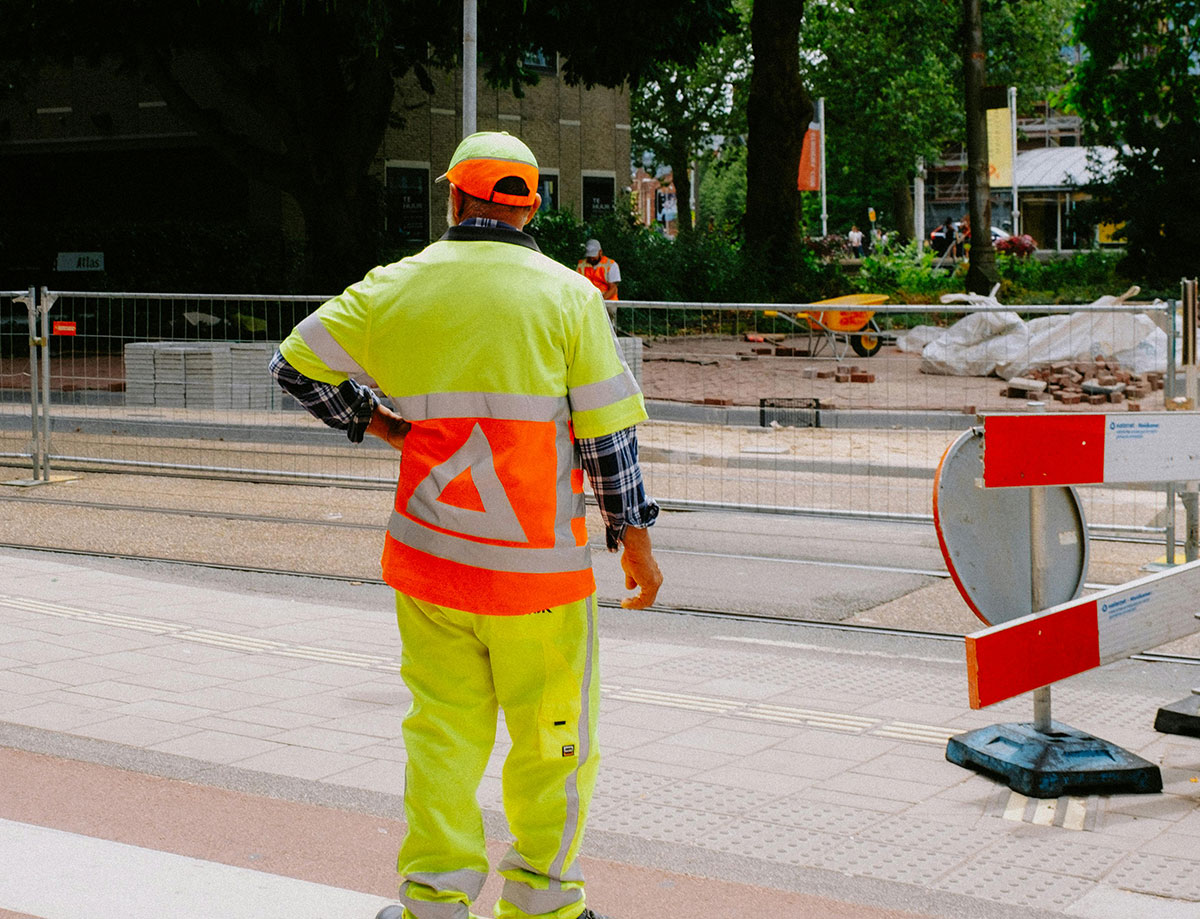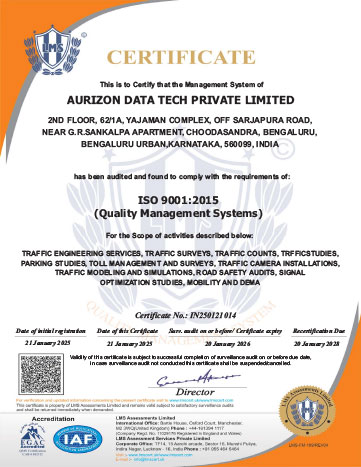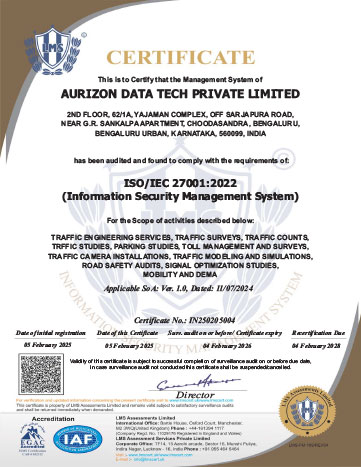
Boosting Public Transit Efficiency with Traffic Survey Data
Introduction
Public transportation is the backbone of modern cities, offering an efficient and eco-friendly alternative to private vehicles. However, maximizing its effectiveness requires deep insights into commuter behavior, traffic patterns, and bottlenecks. Traffic survey data provides these insights, enabling cities to optimize routes, schedules, and infrastructure for better transit systems.
The Importance of Public Transportation
Efficient public transit systems reduce traffic congestion, lower emissions, and make cities more accessible. Yet, without accurate data, challenges such as overcrowded buses, inefficient routes, and delays can hinder effectiveness.
How Traffic Survey Data Enhances Public Transit
- Route Optimization
Traffic data identifies high-demand areas and peak travel times, allowing planners to adjust routes and schedules for maximum efficiency. - Reducing Delays
Real-time monitoring helps pinpoint traffic bottlenecks, enabling proactive measures to minimize delays and improve punctuality. - Improving Accessibility
Data on foot traffic and demographics reveals underserved areas, guiding the expansion of transit services to meet community needs. - Capacity Planning
Traffic surveys provide insights into commuter volumes, helping transit agencies allocate resources effectively and avoid overcrowding. - Integration with Smart Systems
Traffic data integrates with smart city technologies like GPS tracking and real-time updates, enhancing the commuter experience.
Case Studies: Traffic Data Driving Transit Success
- London: Using traffic data, Transport for London optimized bus routes and introduced the Oyster card system, improving passenger convenience.
- Tokyo: Real-time traffic monitoring ensures that its extensive rail network runs with remarkable punctuality.
Benefits of Data-Driven Public Transit
- Increased Ridership: Reliable and efficient services attract more users.
- Cost Savings: Efficient resource allocation reduces operational costs.
- Sustainability: Better transit reduces reliance on private vehicles, cutting emissions.
Challenges in Implementation
Despite its potential, using traffic survey data for public transit faces challenges like:
- High Implementation Costs: Advanced systems require significant investment.
- Data Privacy Concerns: Ensuring commuter data is used responsibly.
- Integration Complexities: Coordinating data from multiple sources for cohesive planning.
The Future of Traffic Data in Public Transit
Innovations such as AI and predictive analytics are set to revolutionize public transportation. Future applications include:
- Autonomous buses that adapt routes based on real-time traffic.
- AI-driven demand forecasting for flexible scheduling.
- Integration with mobility-as-a-service platforms.
Conclusion
Traffic survey data is a vital resource for cities aiming to enhance their public transportation systems. By leveraging these insights, cities can create transit networks that are efficient, accessible, and environmentally friendly.



